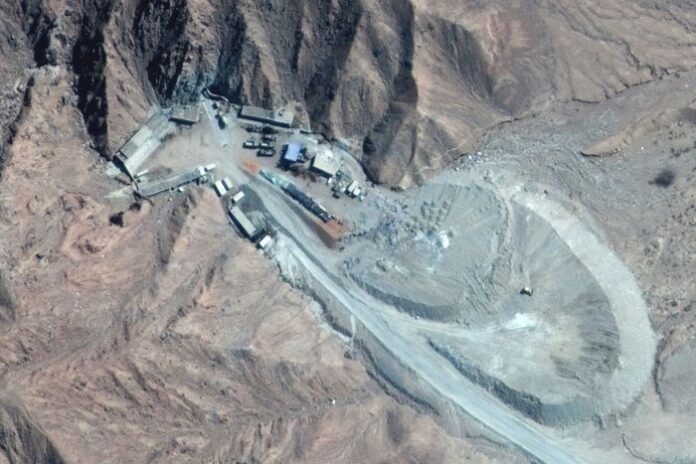
Recent satellite images, originally featured in a detailed report by The New York Times and subsequently obtained by NDTV, suggest potential reactivation of China’s Lop Nur nuclear test facility in the remote Xinjian Autonomous Region. This revelation, if realized, could have substantial implications for regional security, especially concerning India, which unilaterally declared a moratorium on nuclear testing post the 1998 Pokhran tests.
The images point to activities signaling China’s possible preparation for full-fledged nuclear tests or subcritical nuclear explosions at the Lop Nur facility. Dr. Renny Babiarz, a renowned international geospatial intelligence expert and former Pentagon analyst, provided evidence that hinted at these developments, based on extensive satellite imagery analysis of the Lop Nur site.
According to The New York Times analysis, the observed upgrades at Lop Nur coincide with heightened tensions in US-China relations. Amidst these sensitive diplomatic dynamics, President Biden’s efforts to stabilize relations have been juxtaposed with indications of potential nuclear testing endeavors by China.
China’s dismissal of the report as “clutching at shadows” comes in contrast to the satellite evidence showing a modernized, fortified Lop Nur complex. The upgraded infrastructure includes a sophisticated bunker, security installations, and a new airbase. Most notably, a towering drilling rig, nearly 90 feet tall, was observed, suggesting deep subterranean activities akin to those seen at the US Nevada test site.
The Middlebury Institute of International Studies report highlights China’s significant missile force expansion, projecting an ambitious deployment of over 1,000 ballistic missile launchers by 2028. This transformation in China’s missile capabilities indicates a potential shift from a previously restrained posture to a more robust, multi-level nuclear deterrence strategy.
For India, this development raises concerns about regional security dynamics. With a self-imposed nuclear test moratorium since 1998, India may rely on computer simulations for nuclear weapons design due to its limited testing history compared to other nuclear-armed nations.
As global powers navigate delicate geopolitical landscapes, the potential reactivation of China’s nuclear test site bears implications that transcend borders, impacting regional stability and strategic equations among nations possessing nuclear capabilities.
Sources By Agencies



